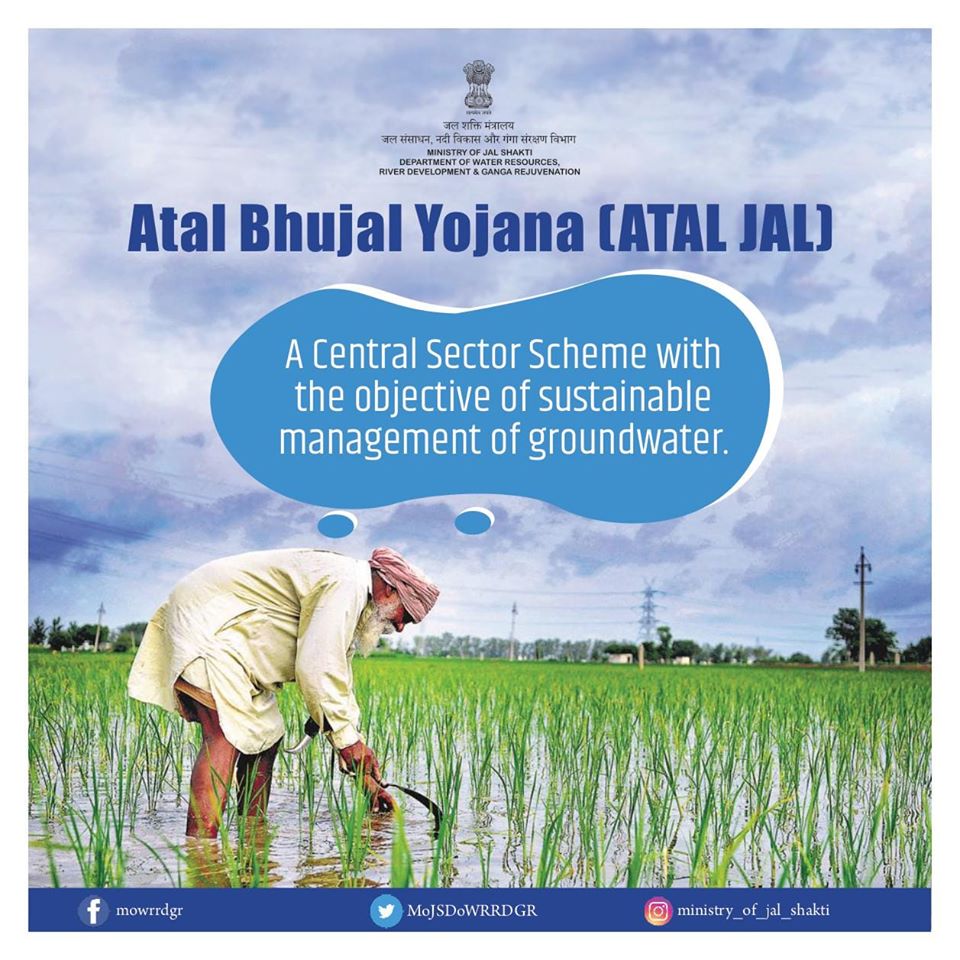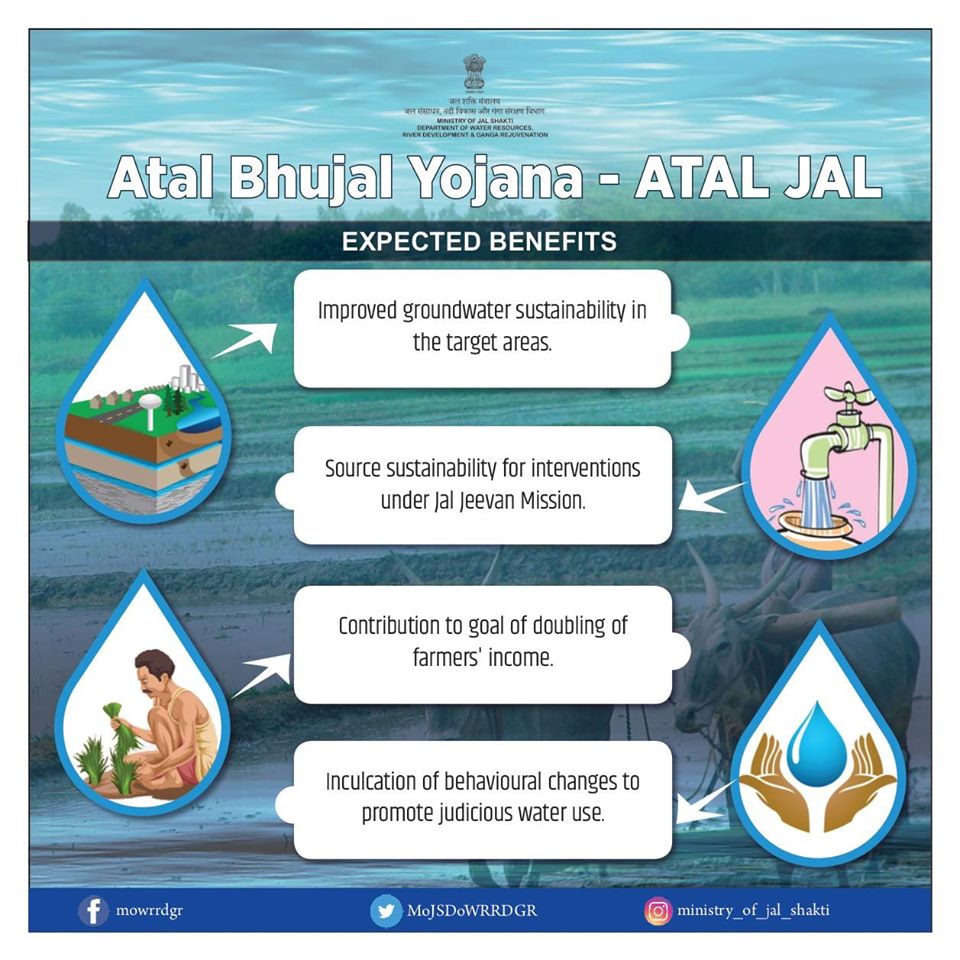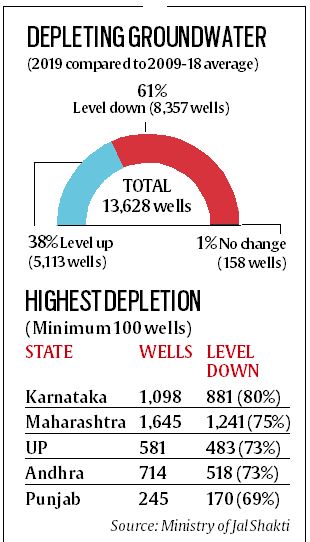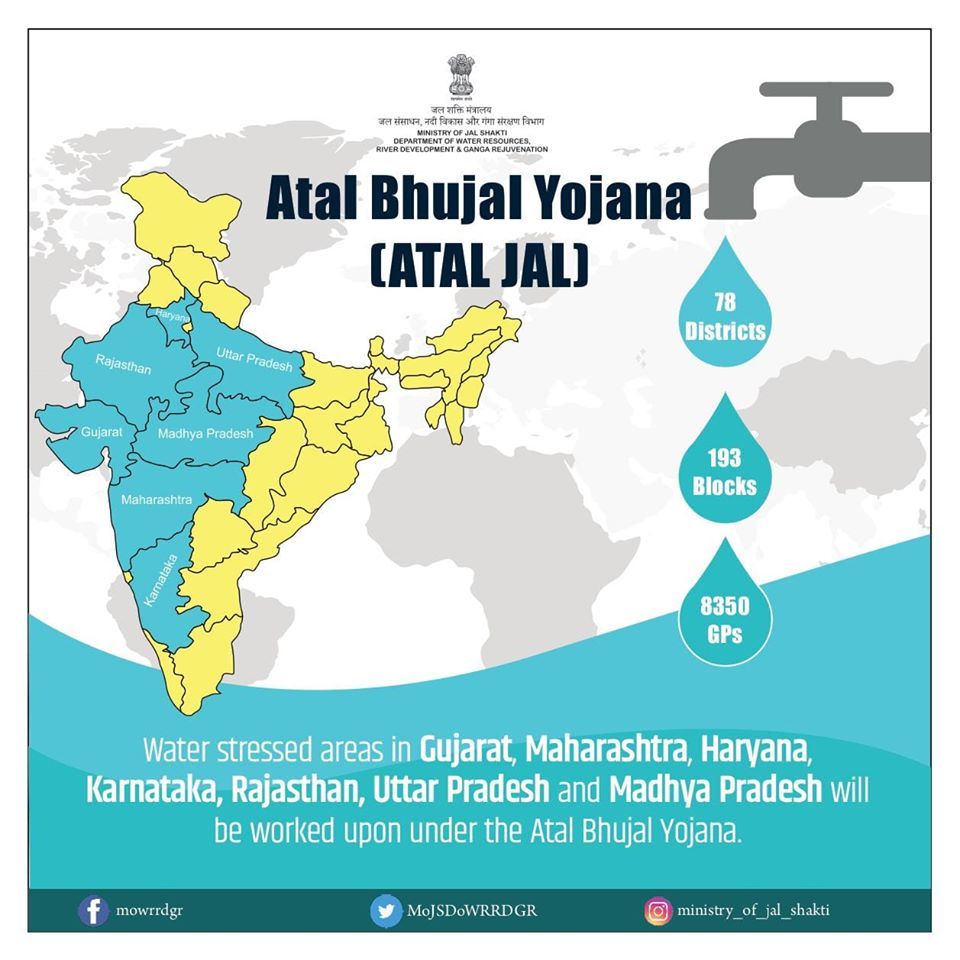Contents
- US-TURKEY RELATIONS AND NATO
- THE DATA PROTECTION BILL ONLY WEAKENS USER RIGHTS
- ASSAM’S IDENTITY FEARS FACE UP TO DIVISIVE POLITICS
- REQUIRED AMENDMENTS TO CAA AND INDIA’S REFUGEE LAW.
- STRENGTHENING GRASSROOTS DEMOCRACY
- EXPLAINED: ATAL BHUJAL YOJANA
US-TURKEY RELATIONS AND NATO
Why in News?
Rising tensions in US – Turkey relations are threatening to upset NATO(North Atlantic Treaty Organization)’s unity.
What is the issue?
Turkish President Recep Tayyip Erdogan has threatened to shut down two U.S. bases in retaliation for the proposed American sanctions on Ankara over purchasing Russian weapons
Why is turkey upset on US ?
- Washington’s refusal to extradite Fethullah Gülen, a U.S. based Turkish Islamic preacher who is accused by Ankara of orchestrating the failed 2016 coup against
Mr. Erdoğan
- The U.S. decision to arm and assist Kurdish rebels in Syria against the Islamic State was another blow
- Turkey’s decision to purchase the Russian S400 missile system despite U.S.NATO opposition, was the tipping point
Turkey is strong on its position. It has threatened US of closing its 2 air bases in Incirlik and Kurecik
North Atlantic Treaty Organization (NATO)
Also called as the North Atlantic Alliance, is an intergovernmental military alliance between 29 North American and European countries. The organization implements the North Atlantic Treaty that was signed on 4 April 1949. NATO constitutes a system of collective defence whereby its independent member states agree to mutual defence in response to an attack by any external party. NATO’s Headquarters are located in Evere, Brussels, Belgium, while the headquarters of Allied Command Operations is near Mons, Belgium.
THE DATA PROTECTION BILL ONLY WEAKENS USER RIGHTS
- The Bill is based on the recommendation of BN Srikrishna committee.
- To be implemented by Ministry of Electronics and Information Technology
Highlights of the Bill
- The Bill regulates the
processing of personal data of individuals (data principals) by government
and private entities (data fiduciaries) incorporated in India and
abroad.
- Processing is allowed if the individual gives consent and by the State for providing benefits.
- In case of not able to give consent E.g., medical emergency,
- Owner of data can seek access to their data which is stored with the fiduciary.
- The fiduciary has certain obligations towards the individual while processing their data, such as notifying them of the nature and purposes of data processing.
- The Bill allows exemptions for certain kinds of data processing, such as processing in the interest of national security, for legal proceedings, or for journalistic purposes.
- The Bill requires that a serving copy of personal data be stored within the
territory of India.
- Central government can declare some personal data as ,critical personal data must be stored and processed solely within the country.
- Classifies sensitive personal data which includes passwords, sexual orientation, genetic data, caste or tribe, political and religious belief. – such personal sensitive data can be processed only with the consent of individual.
- A national-level Data Protection Authority (DPA) is set up under the Bill to supervise and regulate data fiduciaries.
Drawbacks [Govt. trying to impinge on individual freedom]
- The Bill allows exemptions for purposes such as journalism, research, or legal proceedings. It could be questioned if these meet the standards of necessity and proportionality required for infringements to an individual’s right to privacy.
- The State is not
required to seek the individual’s consent while providing benefits or services. It
is unclear why this exemption is not limited only to welfare services of
the State, as proposed in the Justice Sri Krishna Committee Report.
- The Bill mandates storage of
a copy of personal data within India to expedite law enforcement’s access
to data. This purpose may not be served in some cases, such as when
the fiduciary is registered as an entity in a foreign country.
- It could be questioned why the DPA can exercise powers, such as arresting and detaining violators of the law in prison, without approval or order of a court
ASSAM’S IDENTITY FEARS FACE UP TO DIVISIVE POLITICS
Why in News?
Passing of CAA 2019 is said to reduce the indigenous people to minority in homeland of Assam.
Constitutional position
It was said that the Bill was blatantly unconstitutional because citizenship could never be given on the basis of religion.
Fears among Assamese population
Citizenship (Amendment) Act, 2019, or the CAA, goes beyond redefining citizenship on religious lines; it poses a threat to the identity of the many small indigenous communities that make up the composite Assamese nationality while at the
same time fomenting a linguistic religious divide
REQUIRED AMENDMENTS TO CAA AND INDIA’S REFUGEE LAW
- India has signed a number of other international treaties and this means that there are international legal obligations on the state to ensure that fundamental principles such as non discrimination are included within whatever laws the government frames.
- India has not signed the Refugee Convention [1951] and protocol.
- India has not signed on to
the Statelessness Convention.
- But it is good to remember that the basic premise of a refugee law is that humanitarian concerns motivate the whole idea of having an inclusive regime
- 2011 Standard Operating Procedure (SOP) issued by the Home Ministry anyone who could establish persecution of any form not just religious, but also social persecution, Caste based and so on, would be entitled to a long term visa in India
- there’s a basic premise of refugee law, which is called non-refoulement, which is that you don’t send people back if they are in fear of life or of persecution for reasons of race, religion, nationality, membership of a particular social Group or opinion. The CAA does not cater to this principle. Non-refoulement is a customary international law norm,
- judgment in 2005, Sarbananda Sonowal v Union of India, which was the worst judgment in our history. It refers to migrants as this ‘horde of people’ streaming in from outside who constitute an external aggression onto the territory of India. So, I think that the courts have proven to be even more hostile to this entire issue than the government.
STRENGTHENING GRASSROOTS DEMOCRACY
Why in News?
Tamilnadu government has delayed the rural local body elections scheduled in 2016 by 3 years
Local bodies and constitutional status
73rd and 74th constitutional amendments act passed by parliament gave constitutional status to local bodies
Delay in election in TN
- Government has used ordinance route to delay elections and keep the special officer posted
- Reasons given by government revolves around delimitation and carving new district
Reports on local bodies:
Tata institute of social sciences for Ministry of Panchayati raj ranks TN well in all parameters except infrastructure governance and practice
Importance of Local bodies
- Role in public delivery of services such as PDS, disease mitigations, disasters, pension schemes
- Delay in elections has social ramifications too as it give voice to women and depressed classes by reservation in election
- It provides a mean for political parties to stay connected to ground level issues
EXPLAINED: ATAL BHUJAL YOJANA
Why is it necessary for India’s Water Security
Atal Jal is a World Bank-funded, central scheme aimed at improving groundwater management. It was approved by the World Bank Board in June 2018.


How scarce is water in India?
- India accounts for 16 per cent of the world’s population living in less than 2.5 per cent of the global area, and has just 4 per cent of the global water resources.
- According to the CWC (Central Water Commission), per capita availability in the country will decrease from 1,434 cubic metres in 2025 to 1,219 cubic metres in 2050.
- By CWC benchmarks, a water-stressed condition happens when per capita availability is less than 1,700 cubic metres, and a water-scarcity condition when per capita availability falls below 1,000 cubic metres.
- Some river basins are facing a water-scarcity condition. Among these are the basins of the Indus (up to the border), Krishna, Cauvery, Subarnarekha, Pennar, Mahi, Sabarmati and east-flowing rivers, and west-flowing rivers of Kutch and Saurashtra including Luni.
What is the groundwater situation in particular?
- Fifteen states account for about 90 per cent of the groundwater potential in the country. Uttar Pradesh accounts for 16.2 per cent, followed by Madhya Pradesh (8.4%), Maharashtra (7.3%), Bihar (7.3%), West Bengal (6.8%), Assam (6.6%), Punjab (5.5%) and Gujarat (5.2%).
- The current annual groundwater extraction is 249 BCM, the largest user being the irrigation sector. This is why the government has called for alternatives to water-intensive crops such as paddy and sugarcane.
- Among the states where at least 100 wells were monitored, the highest depletion has been in Karnataka (80%), Maharashtra (75%), Uttar Pradesh (73%), Andhra Pradesh (73%), Punjab (69%).


How much of this does the new scheme seek to address?
- For now, the Atal Bhujal Yojana will be implemented in seven states – Gujarat, Haryana, Karnataka, Madhya Pradesh, Maharashtra, Rajasthan and UP over five years from 2020-21 to 2024-25.
- It is expected that it will benefit about 8,350 gram panchayats in 78 districts. According to Jal Shakti Ministry sources, if the scheme meets its objectives in water-stressed areas, it will be extended to other parts of the country.
How will these objectives be met?
- The focus will be on arresting the rate of decline of groundwater levels as well as water consumption.
- The scheme will seek to strengthen the institutional framework and bring about behavioral changes at community level for sustainable groundwater resource management.
- It envisages community-led Water Security Plans.
- There has been a Groundwater Management and Regulation scheme to manage the country’s groundwater resources since 2013.
- The new scheme is an updated and modified version. Concepts such as ‘Water User Associations’ and Water Budgeting will be introduced.
- Better performing districts and panchayats will get more funds.
Where will this money come from?
Of the Rs 6,000 crore, Rs 3,000 crore will be contributed by the World Bank as loan while the other half will be provided by the central government in the form of central assistance.





